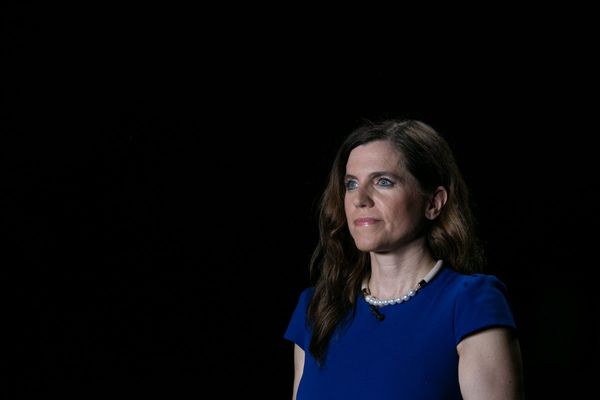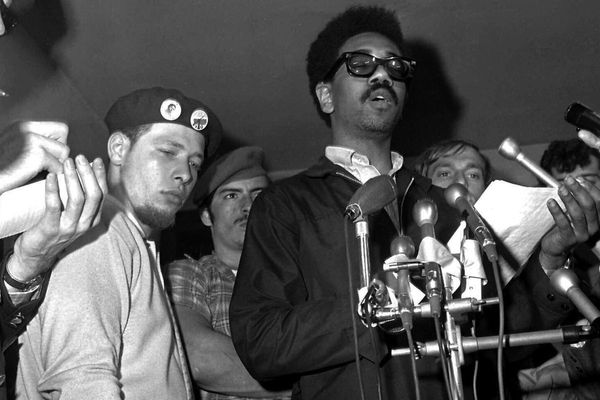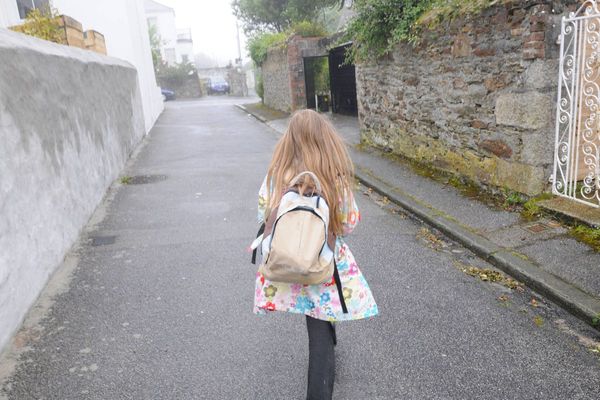
NSW is facing its most dangerous bushfire season in more than a decade as hazard reduction burns are hampered by months of rain.
La Nina has brought two years of above-average rainfall, dramatically increasing fuel loads, meaning any grass fire in the coming weeks has the potential to be larger and more intense than usual.
Fire and Rescue NSW (FRNSW) says the state's west is particularly vulnerable after bearing the brunt of recent floods.
Months of wet weather significantly impacted planned fire mitigation efforts, but FRNSW is making the most of every opportunity to undertake hazard reduction burns.
Efforts are being focused where the city meets the bush, with measures being taken to protect homes, businesses and critical infrastructure on the urban-rural fringe.
In the past fortnight firefighters have conducted a hazard reduction burn in a fire-prone 28-hectare area of Glendale, Lake Macquarie, to help protect dozens of homes, a school and the local TAFE campus, which border a highly combustible woodland area.
FRNSW bushfire and aviation commander Scott Donohoe is urging homeowners and landholders to take precautions now.
"It could only take a few days or weeks of hot and dry weather to ignite current heavy fuel loads and create a fire emergency in our own backyards," Superintendent Donohoe said on Thursday.
"We can't control what the weather does, but we can all take steps to protect ourselves, our families and our property from the potential impacts of fire."
People are being urged to prepare a bushfire survival plan, and farmers should establish firebreaks around paddocks, homes, sheds and equipment.







